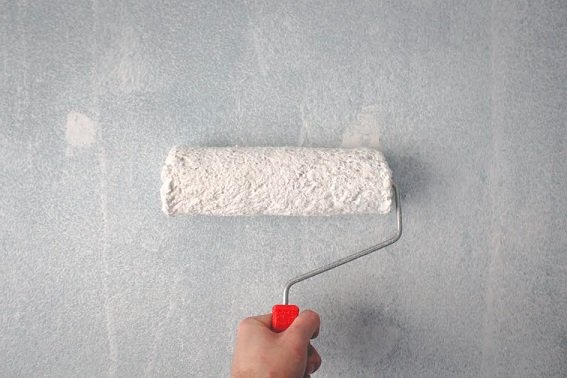Limewash paint has made a strong comeback in interior design. Thanks to its soft and chalky texture and that old-world charm. When it comes to the application of limewash, the process may seem simple enough on the surface! However, limewash behaves quite differently from traditional paints. If the intent of using limewash is to achieve that layered, moody finish, you will need more than just applying with your brush and hoping for the best. In this regard, understanding what not to do can be just as important as knowing the correct technique for limewash application. Here are some important mistakes to avoid so you can ensure your limewash-painted walls look the way you want, not patchy or rushed.
Applying Limewash to the Wrong Surface
All walls are not ideal candidates for limewash! This paint is designed to work with porous materials such as plaster, stone, brick, or unsealed drywall. If the wall has been previously painted with latex or oil-based paint, the limewash may not adhere properly or will flake over time.
To avoid this from happening, always check the surface in advance. If needed, apply a mineral-based primer that can create a bond between the non-porous surface and the limewash. Without proper adhesion, the unique texture and depth that limewash provides will be compromised. As a result, you may end up having to redo the entire job. Take extra care in bathrooms or kitchens as well as limewash is not naturally resistant to humidity unless it is sealed. Even then, sealants can dull their matte, breathable finish.
Over-Thickening or Over-Applying the Paint
A common mistake when using premium lime wash paint is treating it like conventional wall paint. Unlike standard paints, limewash is much thinner and is meant to be applied in light, translucent layers. Too much product in one go may lead to an uneven texture, chalky residue, and even flaking after it dries. It may also prevent the paint from fully carbonating, which is a vital process where the lime reacts with carbon dioxide to cure properly.
Always dilute the paint according to the manufacturer’s instructions- preferably to a consistency that resembles milk. Use long-bristled brushes designed specifically for limewash to help spread the product thinly and create those signature textured patterns. Work with the natural flow of the wall, and use broad, X-shaped strokes or other motion-based techniques that encourage variation. Build up layers gradually, and let each one fully dry before you add the next. This method will help enhance the depth and will also minimize any harsh transitions between brush strokes.
Ignoring Timing and Technique
Timing is highly important when it comes to lime wash application. Starting and stopping mid-wall is one of the quickest ways to end up with visible lap marks and uneven tones. Limewash dries quickly and does not allow much room for error once it begins to set. If you interrupt the process or paint in inconsistent lighting, it can lead to noticeable shifts in the finish.
Each coat should be applied in one continuous session- ideally from corner to corner. If you are working on a large wall, plan your time accordingly or enlist help to keep the motion fluid. Wait until the first layer is fully dry- usually twelve to twenty-four hours- before applying a second coat. Avoid trying to fix imperfections too soon! Limewash transforms as it cures, and what appears uneven at first might mellow out once the drying process is complete.
Moreover, practice brush techniques in advance on a test board or out-of-sight wall section. Limewash’s unique finish is highly affected by application style. If you rush through without mastering the stroke, it can result in an unfinished or clumsy look. Use this practice to test color variations as well, since limewash usually dries lighter and more textured than it looks when wet.
Final Thoughts
Limewash paint offers a timeless, artisan finish that can transform your walls with depth and character. But to get it right, you must understand the nuances that set it apart from regular paint. When you avoid the common mistakes like applying it on the wrong surface, layering it too thickly, or rushing the process, you will be able to achieve a smooth, successful application. So, take your time, follow the proper methods, and your walls will display the full beauty of limewash’s signature textured, organic appeal.






